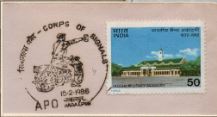The motorcycle under arms
World War 1, or the Great War, is the first major conflict wherein the motorcycle was involved. Due to its specific properties, the motorcycle is the ideal successor of the horse and bicycle for transmitting messages and conducting reconnaissance. Telecommunications and drones in turn ensure that the role of the motorcycle is greatly reduced in the present day.
The motorcycle orderly delivers the order
Information about the enemy and his intent is very important. Initially, messages were conveyed on foot. After the invasion at Marathon by the Persians in 490 BC, the Athenians, led by Miltiades, managed to defeat the Persians. According to a later story, the courier Phidippides carried the news of victory in one go running to Athens, 42 kilometers from Marathon, where he died exhausted.
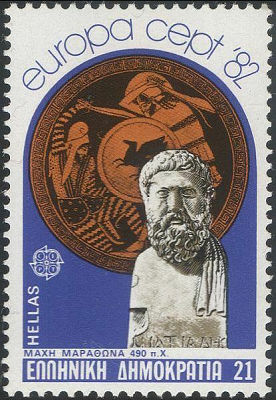
Soldiers in the army who have the task of passing on information or orders and collecting documents are called orderlies. Early on we see orderlies on horseback. Horses can bridge greater distances compared to walking messengers. But adding such horseriding orderlies to field officers has drawbacks: horses require care, are prone to panic and are difficult to protect against gas attacks. In 1916, 50% of all food taken by the Russian army was feed for the horses. Not only does it take up a lot of space but it slows down the pace of its advance.
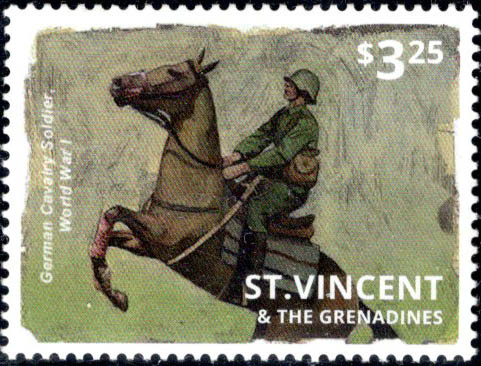
Orderly on horseback with post bag
Pigeons have also been in the picture for some time to convey messages. They are very fast and harder to intercept than horse orderlies. But pigeons are only used to flying home. Only if the pigeons are kept at a final destination they can be taken to another point to fly back with messages. Sending a message to an officer in the field is not possible.
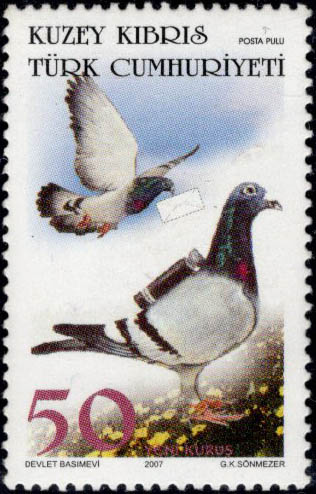
Carrier-pigeon with message holder on its back
When the safety bicycle or safety bike, with 2 equally sized wheels and chain transmission, became available in 1885, it was soon used as a means of transport for the orderly. Certainly when the bicycles were fitted with Dunlop pneumatic tires from 1890. Maintenance of the bicycles is nothing compared to the care for the horses and the limited use of pigeons. However, there are also disadvantages to the bicycle. In bad weather it was difficult to reach the destination over soggy soil or unpaved roads.
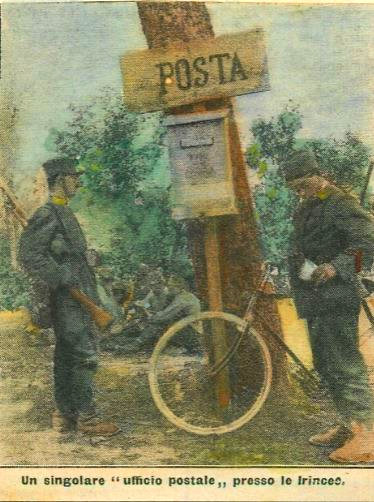
The motorcycle invented by Daimler in 1885 developed into a fairly reliable means of transport in the last years of the 19th and early 20th century. Compared to the automobile invented a year later, the major advantage of the motorcycle is that it is relatively light and can therefore be used in all kinds of terrain.
The United States first used motorcycles on a larger scale during the US-Mexico border war in 1910. In a large and scattered war zone, the American cavalry divisions on Harley-Davidson motorcycles had an advantage over the horse divisions of the Mexican revolutionaries.
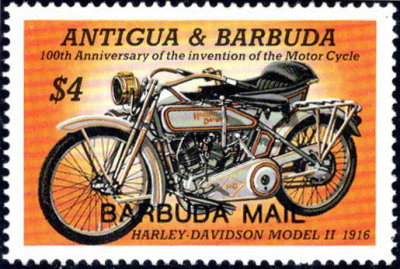
The great advantage of the motorcycle lies not on the battlefield but in transmitting messages and orders.
In the Netherlands a cautious start was made in 1912 with motorcycles in the army. Four Douglas 2¾ hp engines were purchased for the orderlies, which were stored in Delft. Although the trial was successful, no permission was granted for a sequel.
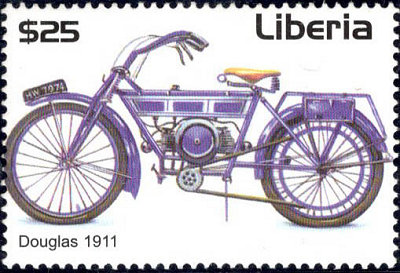
After some tests during army exercises with the delivery of mail with motorcycles, performed by volunteers in collaboration with the Dutch Motorcyclists' Association, the Voluntary Military Motorcycle Corps (VMMK) was founded in 1913. One of those exercises was an exercise in the Defense line war in 1912, near the southern part of the Defense Line of Amsterdam. During the attack on the southern part of the defense line, the post office of Mijdrecht was Field Post Office 1 for a few days. From there the post went to Fort near Uithoorn. From there the mail was distributed over the various camps by volunteer motorcyclists.
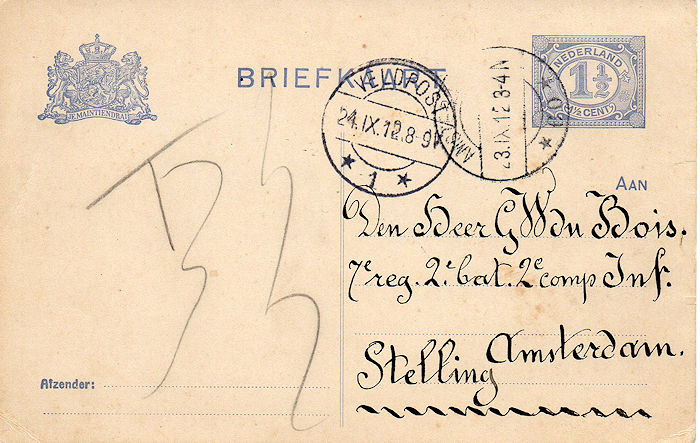
Members of the VMMK could be called up for exercises with their machines and received a compensation of 5 guilders per day.
The United Kingdom called for volunteers in 1914 to enlist with their own motorcycles. Their job is to transfer orders. But the motorcycle orderly was not only there for the transport of messages between various army units. Cavalry units had replaced their horses by armored cars. These had no radio, so communication between them was difficult. To solve this problem, motorcycle orderlies rode with these divisions.
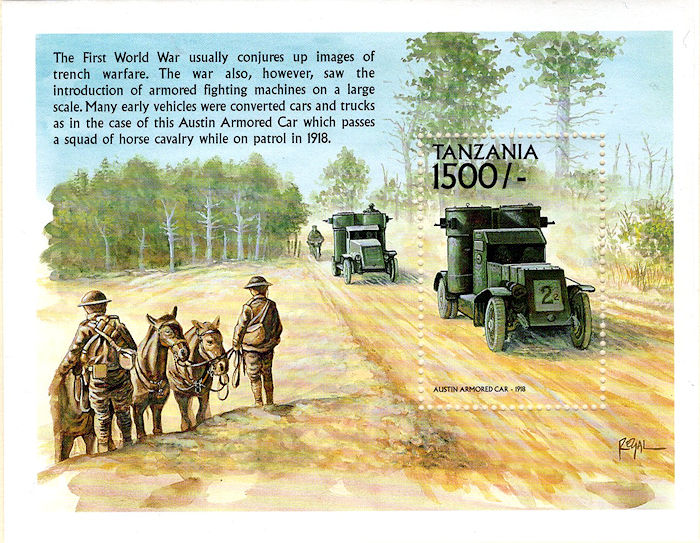
The procedure was as follows. A message was written in a vehicle, and was placed in a kind of landing net that was put out of the car. The orderly took out the letter, read the address and drove to the destination vehicle. There a landing net was put out and the motorcycle orderly deposited the message in it. The landing net was drawn in and the message was read. A possible answer followed in the same way (back).
In 1915 the Dutch government decided again to purchase motorcycles for the army. The Depot Motorcycle Services in Delft became the house of the vehicles of the army. All maintenance was also done here. First on the Douglas motorcycles for the orderlies and later, after delivery problems, also on the Harley-Davidsons and Indians.
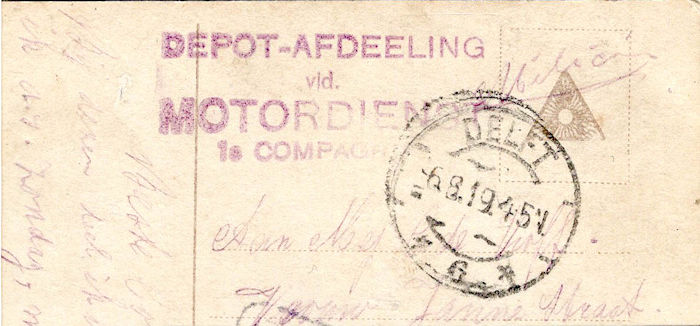
In the army, the orderlies were placed with the "Corps of Signals". It is therefore logical that the motorcycle orderlies or "Despatch Riders" also found their place there. Exceptions are Ecuador, where bicycle and motorcycle couriers have been merged, and Canada, where there is a separate corps for motorcycle orderlies.
The motorcycle orderly must possess exceptional riding qualities and control of his motorcycle to be a member of a Corps of Signals. The best will end up in a demonstration team. In Great Britain that is the White Helmets team. India has its own team: the Dare Devils. One of the parts that the orderlies must master down to the last detail is taking cover in case of danger. Braking and steering in such a way that the motorcycle comes to rest on its side and the rider can take cover behind his motorcycle. Waiting until the danger has passed or neutralizing the threat with his own weapon is then the choice.
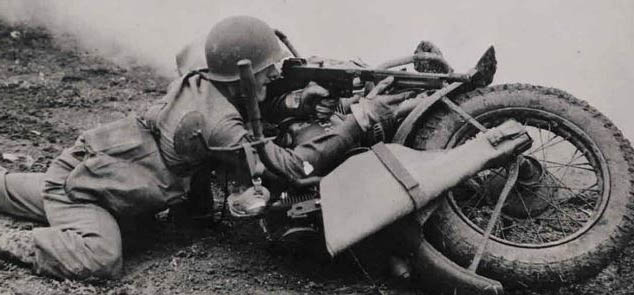
The English Army envelopes, which contain the messages carried by the motorcycle orderlies, bear a special, written or printed, DRLS (Despatch Riders Letter Service) stamp. In the First World War, the letters that had to be transported by motorcycle orderlies were mainly marked by the overprint DRLS.
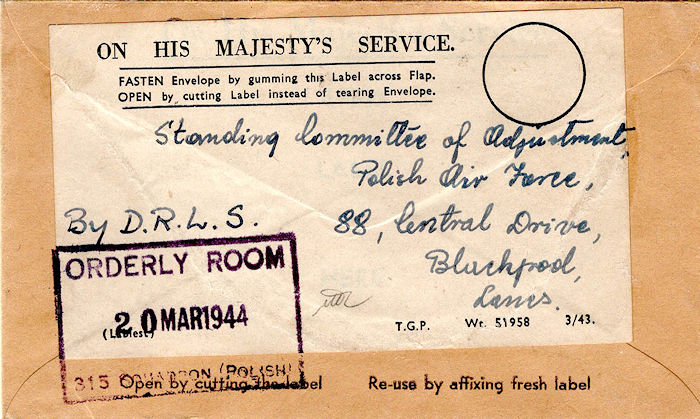
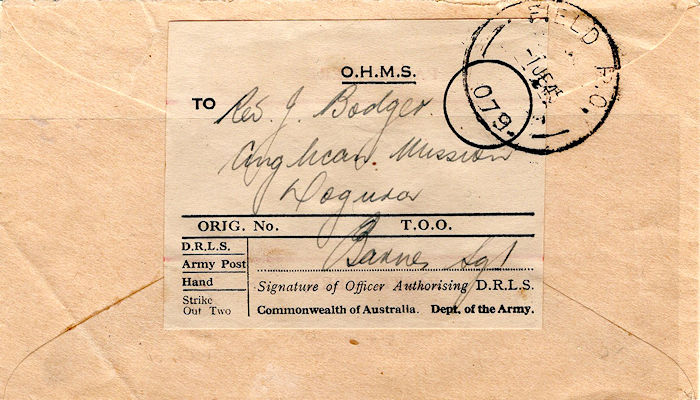
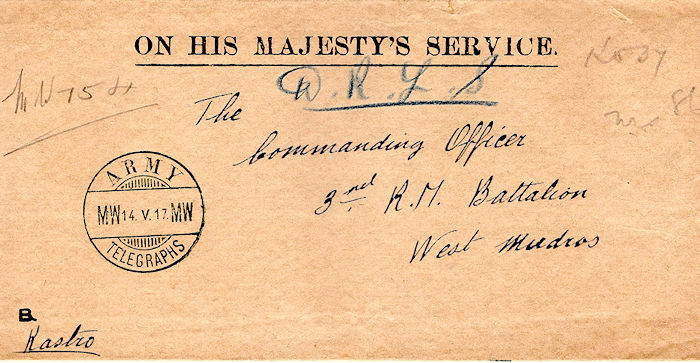
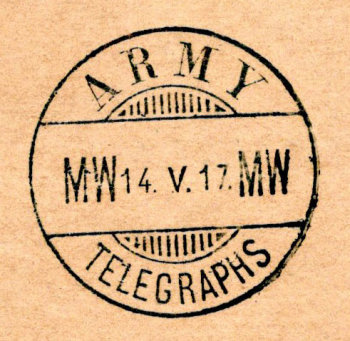
Motorcycle couriers are also used to deliver telegraph messages. In April 1915, the Allies opened an additional front on the Gallipoli Peninsula, Turkey. The aim was to force Germany into a multi-front war and to connect with the Russian troops via the Dardanelles. Messages travelled via the overseas telegraph and from the telegraph office to the local Commander Officer in Mudras West (MW), Lemnos, Greece, base and convalescent home for soldiers who took part in the landing at Gallipoli, the entrance to Bosphorus.
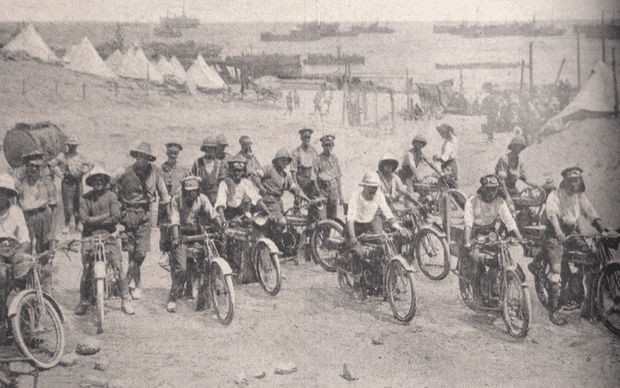
Important German orders are usually transported by two orderlies. This is not because they can help each other in rough terrain, but to make sure that if either one of them crashes, the message will still arrive.
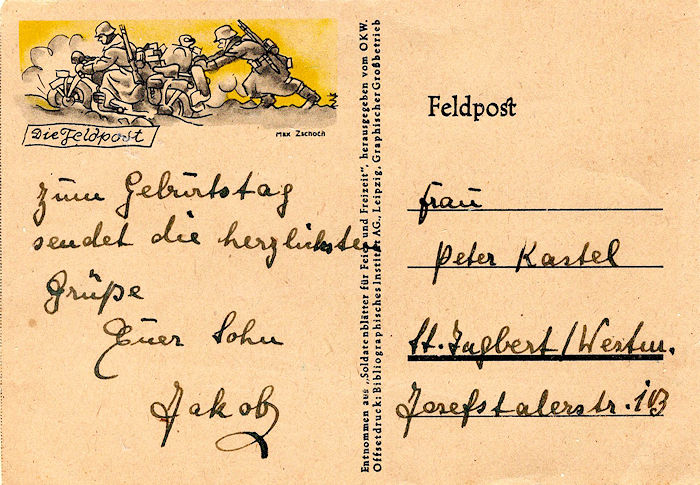
Heavier vehicles like cars would get stuck when trying to reach the forward posts in the desert. In North Africa, therefore, the light motorcycle, such as the Matchless, in camouflage colors, is gratefully used for the transmission of urgent orders and messages.
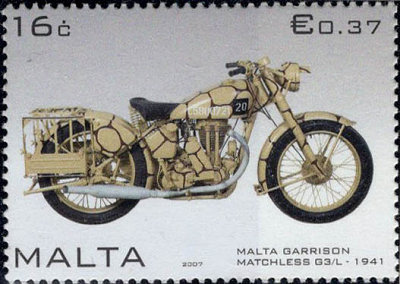
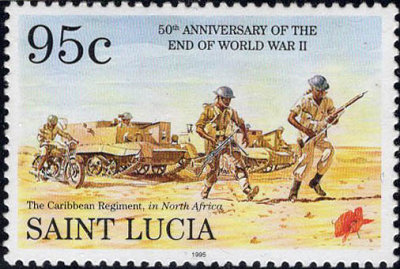
After the German army had been expelled from Africa, the landing in Italy was started.
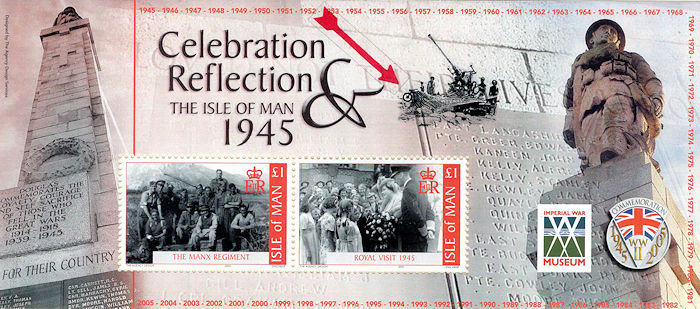
With the Normandy landings, Europe was not only flooded with Allied soldiers, but also with American Harley-Davidsons and English Ariels. These were partly used by the many motorcycle orderlies who provided the necessary communication. In and after the Second World War, the envelopes can be recognized by the Army Signals stamp. After all, the motorcycle orderlies were often part of the "Corps of Signals". In addition to Ariels, the English orderlies also rode Nortons (model H16, 490cc).
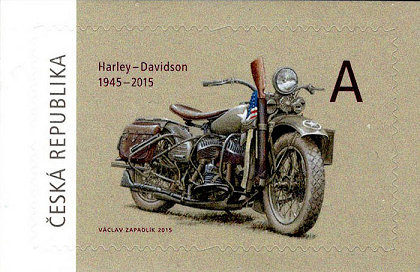
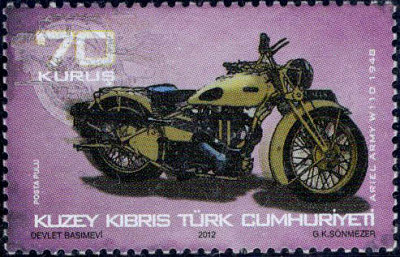
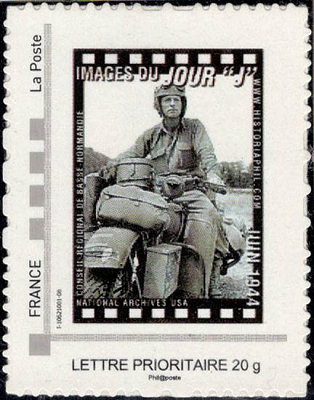
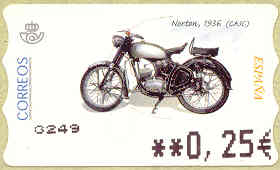
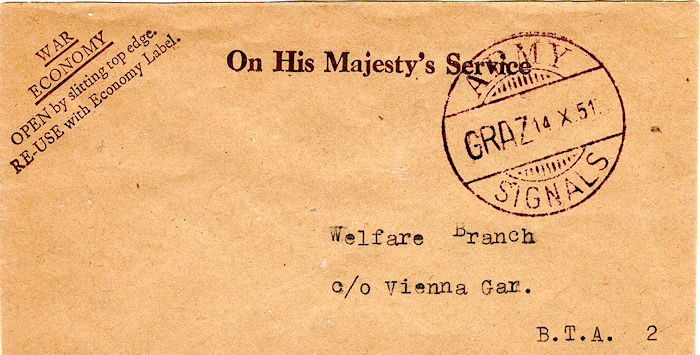
After the end of World War II, there is still one motorcycle orderly who claims a leading role. In the movie "For your eyes only", after the death of an orderly and the loss of secret information, James Bond joins the forces to do his investigations disguised as a motorcycle orderly on his Royal Enfield.
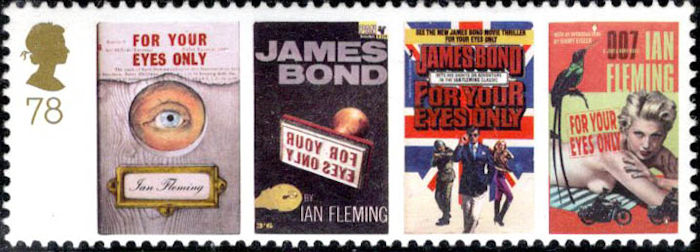

After the end of the last global war, the focus was on rebuilding the countries that have been destroyed and bombed to the ground. With this structure, new ways of streamlining processes and manufacturing products were also being sought. Communication was one of those facets that are subject to innovation. With the advent of computers and new communication options, the role of the motorcycle orderlies is diminishing. Only in very few cases do (motorcycle) orderlies still take care of the transmission of messages.
In the army, not only motorcycle orderlies use this means of transport. Soldiers are often stationed in barracks or encampments where military rules apply instead of social rules. The Military Police Corps was set up for this purpose, which monitors compliance with these rules and, just like the normal police, takes on the associated tasks.
More about that in a next episode.
Nico Helling
Top - Back to former page - Home |









